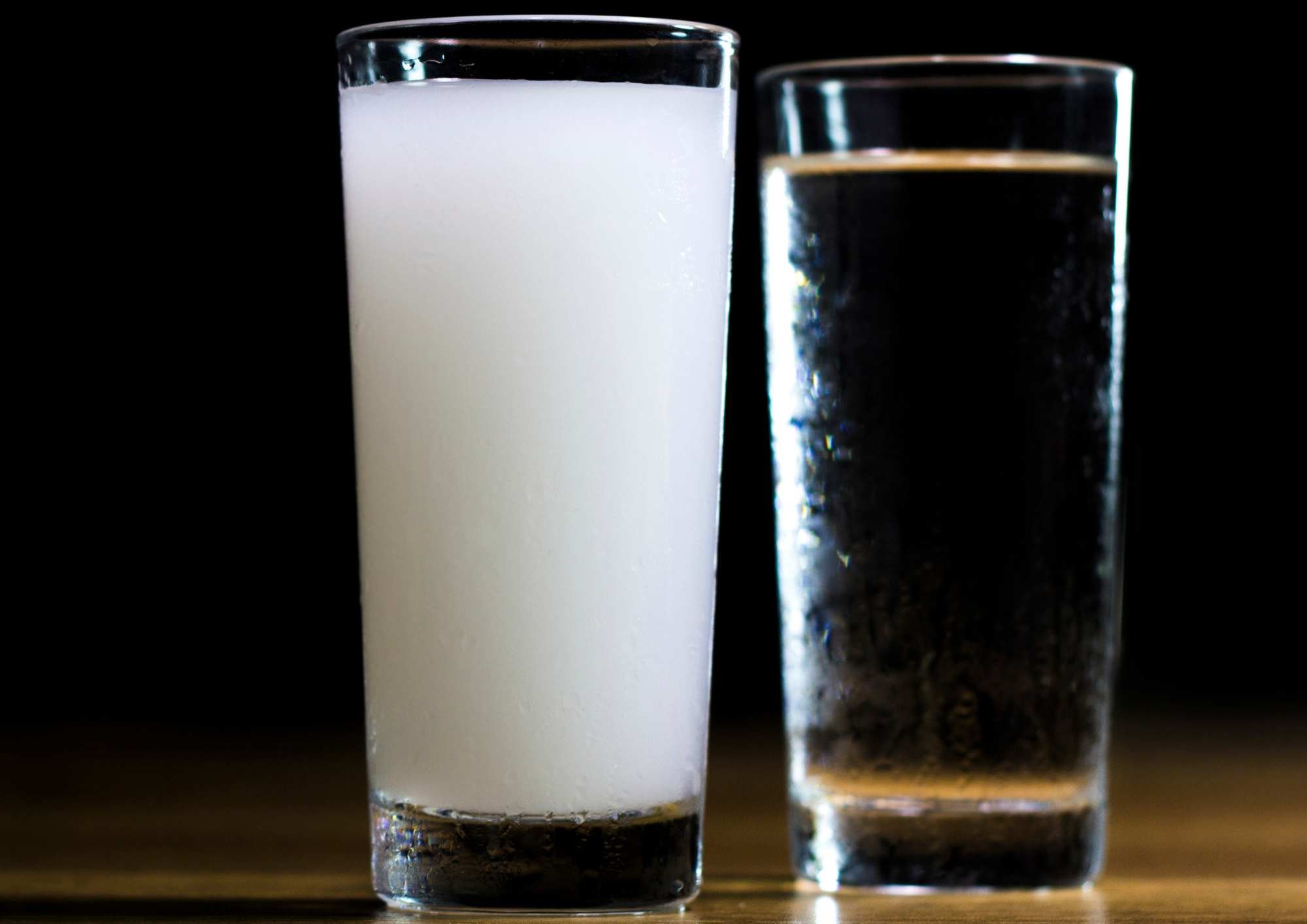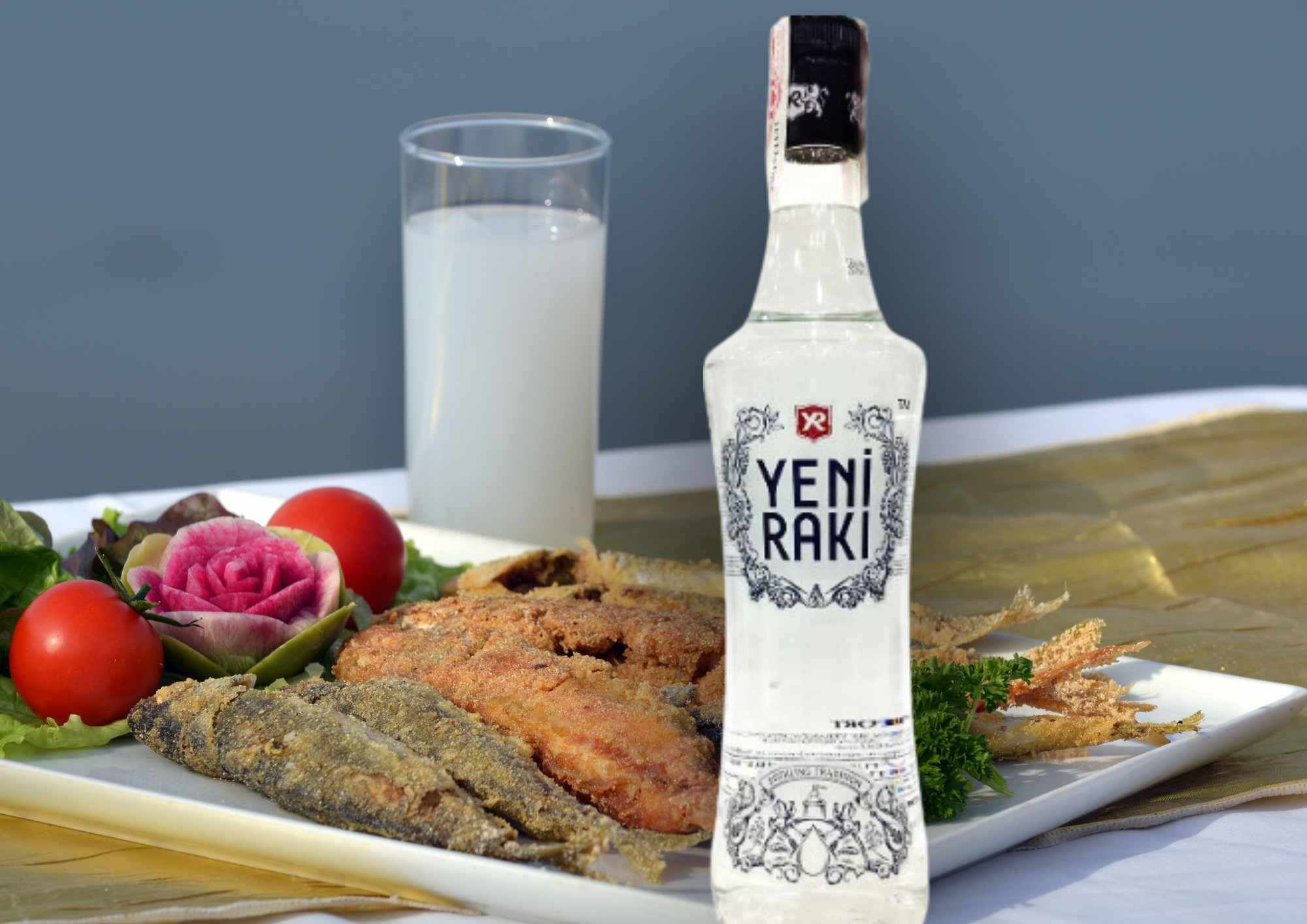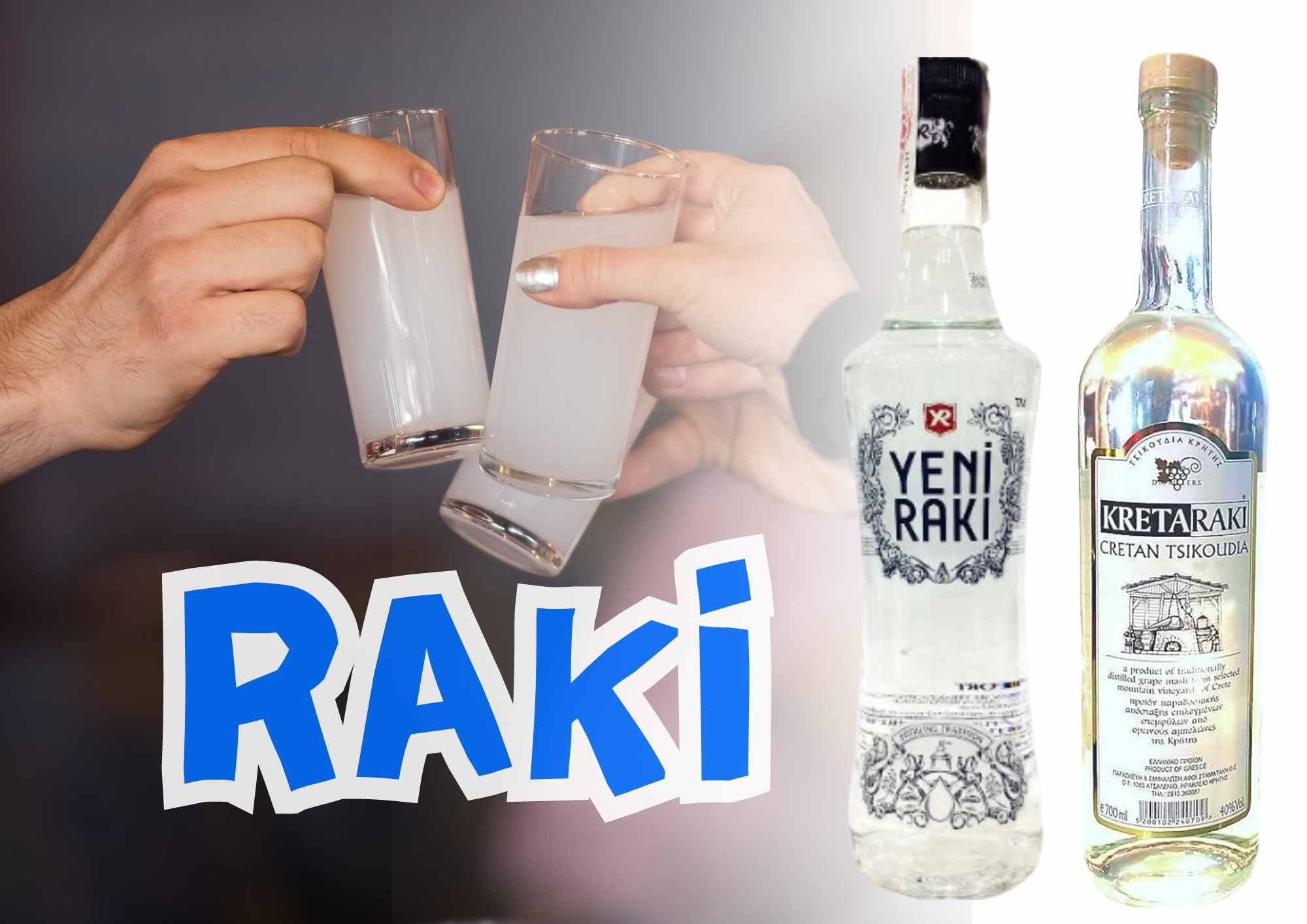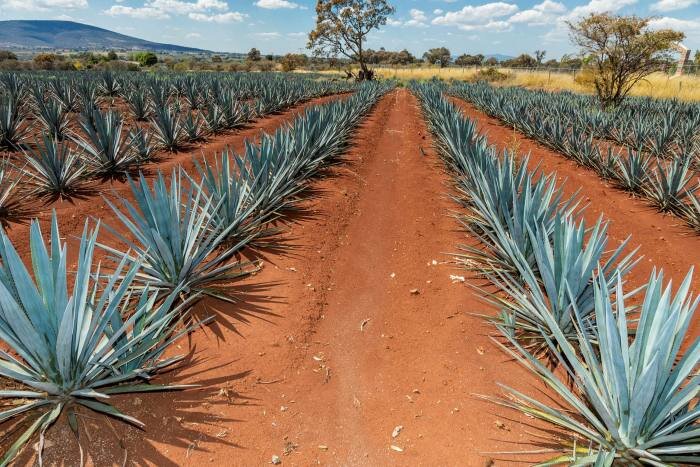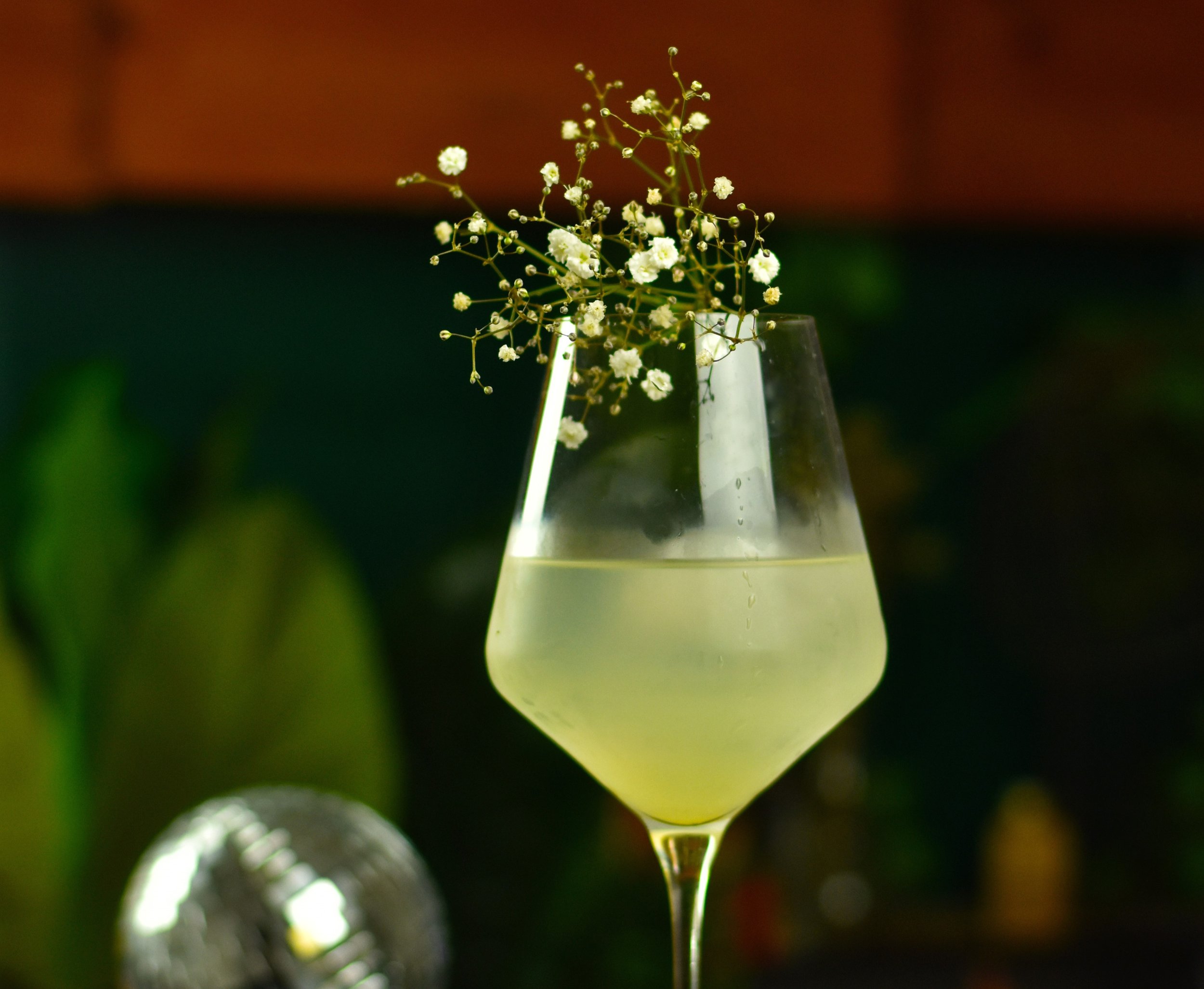What Is Raki?
Raki is like a cultural time machine, starting from ancient medicine to becoming a go-to party drink. But what is Raki? It's made primarily from anise, which gives it a sweet kick. You can drink it neat or mix it up with cocktails. Throughout this guide we will go through everything you need to know about Raki.
What exactly is Raki
Raki, is the national drink of Türkiye and is an anise flavored spirit made in a similar way to brandy but its unaged, meaning it’s clear. From its medicinal roots to becoming a social centerpiece, Raki has earned its place as a beloved spirit around the globe.
We’ll talk a lot about where Raki came from and what makes Raki Raki. But the absolute simplest answer to give which may be over simplifying things but hey, it is what it is. Is this; Raki is a clear brandy that taste like liquorice, ouzo, and/or sambuca. Whichever of those you’re more familiar with.
What is Raki factual bullet points - Free to use with linked credit.
A Sip of Culture
Picture yourself in a lively Turkish or Greek café, the air filled with laughter and the clink of glasses. Raki isn't just a beverage; it's a cultural experience, bridging communities and transcending borders. Most brits first encounter Raki whilst on Holidays. I know that’s when I first seen it, on the back bar at some Turkish resort thinking to myself “what’s this Raki stuff that everyones drinking?”
One can imagine you’re in the same or similar boat.
What is Raki Made Of
Ingredients In Raki
What gives Raki its unique charm? For starters its a distilled spirit like Scotch, Vodka, Tequila, but Raki is made from grapes. This doesn’t mean it taste like grapes, just that it uses them in the early stages. Which is exactly how brandy is made.
However, after Brandy is distilled it then goes into barrels for aging. Much like Dark Rum. Whereas Raki is then flavored with different ingredients and botanicals.
It's a symphony of flavors crafted mainly from anise, a variety of botanicals, and carefully selected spices. This gives Raki a flavor profile similar Sambuca and Ouzo. One word to describe that anise flavor would be Liquorice. As you travel from region to region or try different brands, you'll encounter delightful variations, each bottle telling its own story.
But the main flavor is always anise. Which means even though it’s made the same as Brandy, it’s actually more similar to gin and aquavit. Both spirits that have one main flavor yet add different spices and botanicals from brand to brand.
The Distillation Dance
Raki's distinct flavor profile emerges from a meticulous distillation process. This alchemical journey transforms simple ingredients into a spirited masterpiece, with nuances shaped by tradition and craftsmanship.
What Does Raki Taste Of?
Anise Allure
The first sip of Raki unveils the enchanting taste of anise, a sweet and aromatic note that takes center stage. It's the soul of Raki, weaving a tale of centuries-old craftsmanship and expertise.
A Symphony of Flavors
Yet, Raki is not a one-trick pony. Beyond anise's dominance, there's a subtle dance of other botanicals and spices. This creates a harmonious symphony of tastes that linger on the palate, leaving you with a sensory experience like no other.
Do You Drink Raki Straight?
Tradition Meets Modernity
Traditionally, Raki is savored straight, often as part of a communal ritual or paired with an array of delectable dishes. However, as drinking habits evolve, modern enthusiasts explore Raki's versatility in cocktails, uncovering new dimensions to this classic spirit.
Mixology Adventures
Whether you prefer the simplicity of Raki on the rocks or the creativity of Raki-based cocktails, the possibilities are boundless. Shake it, stir it, or savor it neat – there's no wrong way to enjoy this spirited companion.
How Do You Drink Raki
Sipping Customs
In the heart of tradition, Raki has its own serving customs. Imagine small, tulip-shaped glasses, the clinking of ice, and the gentle pour of the elixir. This is the cultural legacy that accompanies every sip, turning a mere drink into a cherished experience.
Drinking Raki straight, or mix with still/sparkling water is the most popular way to drink Raki.
Why is Raki milky
A question that comes up a lot about Raki is the fact that it’s a clear liqueur, but when you add water to it, it turns milky and cloudy. Such as the below photo;
That cloudy to milky phenomenon is actually a pretty cool thing called the louche.
Which I realize as I’m typing this makes me sound like a massive nerd - “it’s a super cool phenomenon called louche".” but bare with me, it is pretty cool. I mean, you take a clear drink, add water, and it turns milky.
The exact same thing happens with absinthe and Ouzo. And you may already see the similarities which if not allow me to explain. Ouzo, Raki and Absinthe have anise.
The reason it turns milky is because anise has a compound called Anethole. This anethole is soluble in alcohol but not very soluble in water. As a result, when you add water to alcohol that contains the anethole, it comes out of solution and causes the watered drink to appear opaque.
I’ve covered this Louche more in the What is Absinthe guide. So swing by and check that out if you’re interested. Which, well, why wouldn’t you be? It’s super cool remember.
Food Pairing Revelations
Pairing Raki with food is an art form. From mezze platters to succulent grilled meats, the flavors of Raki complement a wide array of dishes, creating a symphony of taste that transcends the ordinary.
Turkish Raki
Dance of Culture
In Turkey, Raki is more than a drink; It accompanies celebrations, family gatherings, and moments of joy. Understanding Turkish Raki means diving into a world where every sip is a celebration.
A Touch of Turkish Charm
Turkish Raki has its unique characteristics, shaped by regional variations and historical influences. It's a journey through time, where tradition and modernity coexist in every bottle, telling stories of generations past.
Greek Raki
The Ouzo Connection
In Greece, Raki shares the stage with Ouzo, its close cousin. While both embrace anise, Greek Raki contributes its own unique flavor to the Mediterranean tapestry, distinct from the licorice notes of its cousin.
A Greek Celebration
Greek Raki isn't just a drink; it's a celebration of life. From island tavernas to coastal villages, the spirit of Greece comes alive with each sip. It's a cultural voyage that transcends the liquid in the glass.
So What is the Difference Between Turkish and Greek Raki?
Turkish Raki is more of a liquorice flavored clear brandy - it’s made from distilling grapes then flavored with anise, spices and botanicals. Greek Raki is often distilled using grains. Though it’s still flavored with anise, you’ll also often find more herbaceous flavors added.
Is There a Difference Between Raki and Ouzo?
Botanical Battles
Both Raki and Ouzo share the spotlight with anise, but their other botanical create distinct flavor profiles. Dive into the nuances to appreciate the subtle differences between these Mediterranean delights.
Crafting Distinctions
The production process also shapes the character of each spirit. Whether it's the meticulous method of Raki or the unique distillation of Ouzo, every step leaves its mark on the final elixir.
Yeni Raki
Meeting Yeni
Step into the world of Yeni Raki, a brand that has carved its name in the contemporary Raki culture. Yeni Raki brings its own flair to the scene, appealing to modern enthusiasts while paying homage to tradition.
Usually when doing these spirit guides I wont have whole sections dedicated to specific brands. Unless, you know, they wanted to pay me… which they don’t.
That being said Yeni Raki is the most popular Raki. And usually, people searching for “what is Raki” are more inclined to be searching for “what is Yeni Raki”. So it needs to be covered.
The Yeni Impact
Yeni Raki is a Turkish Raki which is distilled twice and is the most popular Raki out there. What Smirnoff is to Vodka is what Yeni is to Raki.
Raki in Popular Culture
Literary Libations
Raki isn't confined to glasses; it's found its way into literature, adding a touch of magic to poems, novels, and cultural references. Dive into the literary world where Raki serves as both muse and metaphor.
Arts and Raki
From vibrant paintings capturing Raki's essence to music echoing its spirit, Raki has inspired artists across various mediums. Explore the artistic expressions that celebrate the soul of Raki.
Raki on the Screen
Lights, camera, Raki! Discover how Raki has graced the big screen, becoming a symbol of cultural scenes and social gatherings in movies and television shows. It's not just a prop; it's a character in its own right.
Raki Alcohol Percentage
The Standard Sip
Typically, Raki boasts a standard alcohol percentage of 40-45%, but don't let that fool you. Each bottle tells a unique story, and variations in alcohol content add to the intrigue. It's a testament to the craft, where subtleties matter.
Sipping Responsibly
As you embark on your Raki journey, a friendly reminder to sip responsibly. Balancing the pleasure of Raki with mindful drinking practices ensures a delightful and memorable experience, one where every sip is relished.
Conclusion
Cheers to Raki
In conclusion, Raki isn't just a drink; it's a journey through culture, tradition, and flavor. Whether you're sipping it straight in a Turkish café, mixing up a cocktail at home, or exploring the nuances of Yeni Raki, each glass is a celebration. So, here's to the magic of Raki – may every sip be as enchanting as the first. Cheers!
More Spirit Guides
Search Drinks
Cocktails, Non-alcoholic, Wine, Coffee, Drink guides, Techniques, Fermentation
All Recipes
Hi, I’m Cameron, guv’nor of Smartblend. If you liked this then you’re in luck, I have a bunch more recipes like it. I share only vegetarian and pescatarian food recipes, cocktails, and drink guides with a sprinkling of wellness and mindful drinking. If that sounds like you, then stick around!
Related Recipes
Smartblend is a participant in the Amazon Services LLC Associates Program, an affiliate advertising program designed to provide a means for sites to earn advertising fees by advertising and linking to amazon.co.uk and amazon.com. Smartblend does earn a small commission on goods purchased through the included links. Don't worry, it doesn't cost you any more, but we do appreciate your referral!







